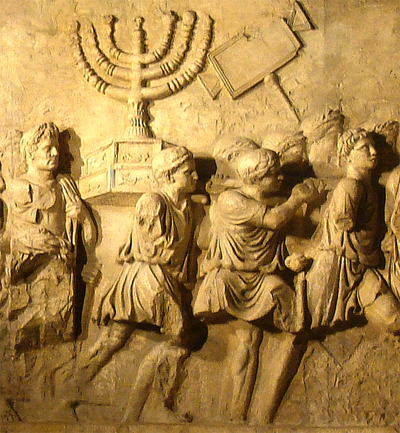This week’s parsha goes into even more detail on the creation of the Dwelling.
The courtyard was of bronze and silver, its hangings of fine linen. The ephod, or apron, of the high priest was of gold, blue, purple and scarlet, with gold threads woven through. Set into the breastplate were twelve precious stones to represent the twelve Tribes of Israel: carnelian, topaz, emerald, ruby, sapphire, carbuncle, orange-red zircon, agate, amethyst, beryl, onyx and jasper – each surrounded with braided gold.
So pretty fancy.
And paid for by the whole community. Each head of a household (male) paid a beka, that is, half a shekel, toward the creation of the Dwelling. (Estimates on the internet of the value of a shekel range from $8 to $320 to $609.)
So who actually created the Dwelling? Do we have their names?
Yes. Thousands of years later their names echo down to us:
- Of course, God was the architect. God gave pretty clear instructions for the design.
- The accountant was Itamar, Aaron’s son.
- The builder and crafter was Betzalel.
- The guy who did the carving and embroidery was Oholiav.
One of the items described (elaborately) in the parsha is a pure gold lampstand or candlestick. It’s described in great detail as a shaft with six stems, three on each side, with goblets, knobs and blossoms decorating them. All together, there were seven lamps on this candlestick. Is this starting to sound familiar? Yes! One translation describes this item as a menorah.
Here’s what’s exciting. This very same menorah is depicted in the Arch of Titus, built in Rome many centuries later!
The Arch was built to commemorate the looting and destruction of the Second Temple in Jerusalem in 70 CE and the scattering of the Children of Israel into the world outside Israel.
One thing to think about: the Roman Empire is no more. The Jewish people still exist.

